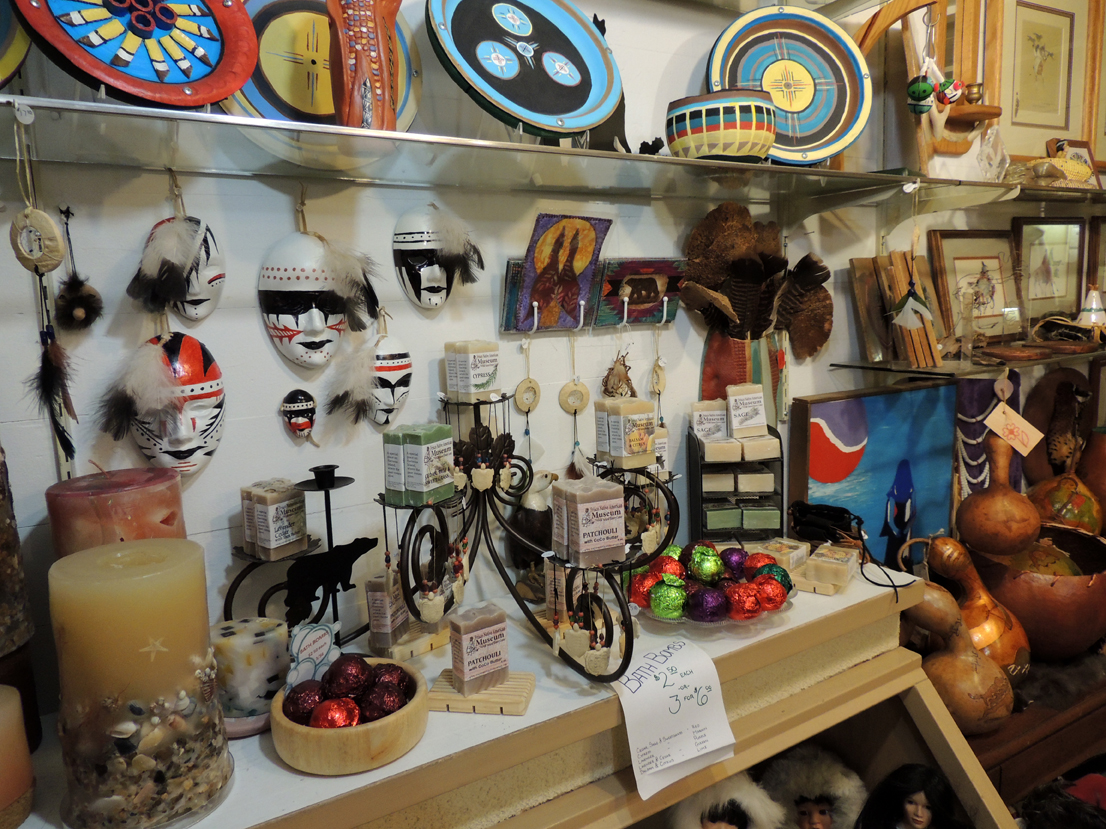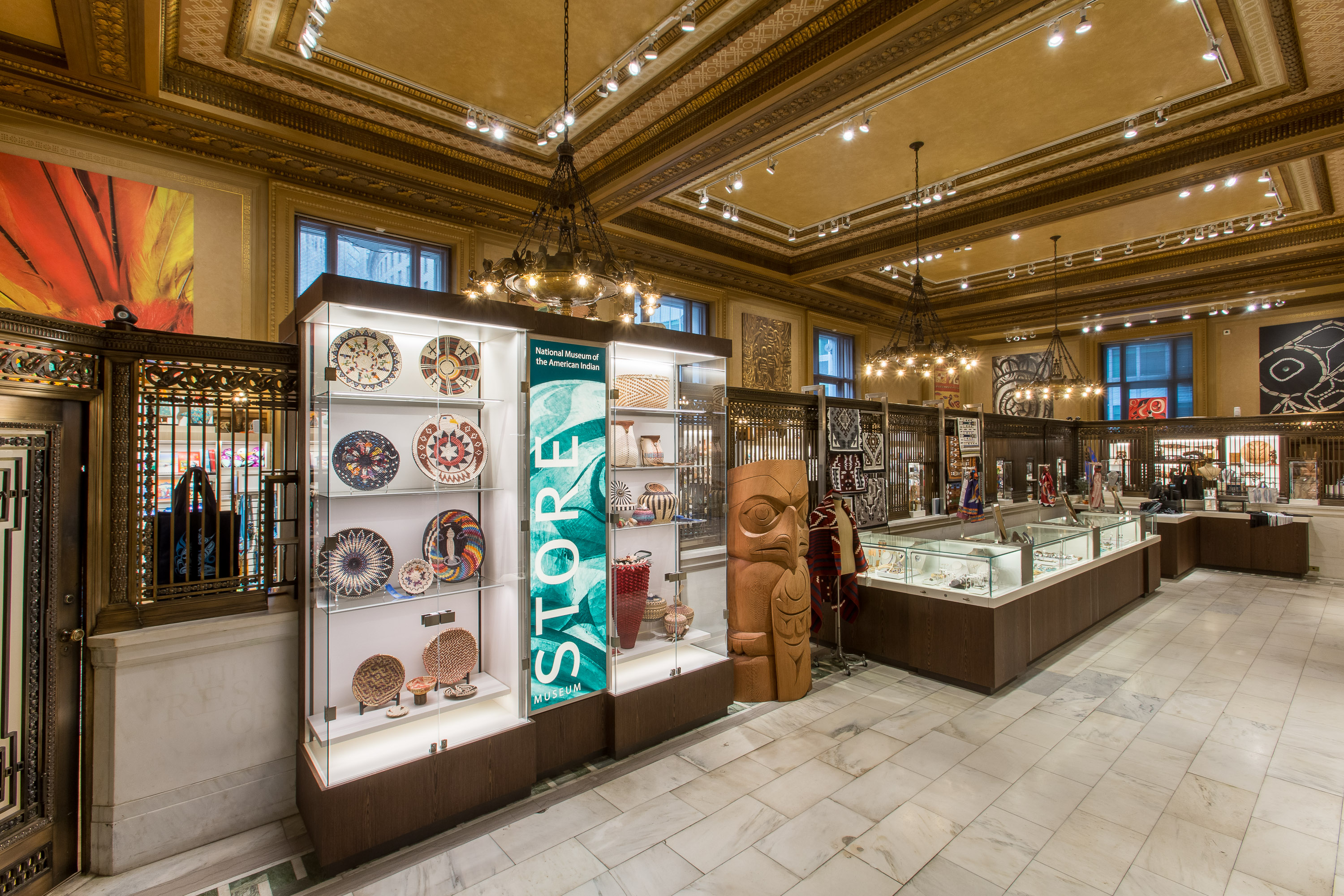
The Native American Museum: A Nexus of Culture, Commerce, and Community
Native American museums, unlike conventional ethnographic institutions of the past, have evolved significantly from mere repositories of artifacts into dynamic cultural hubs. When augmented with a thoughtfully curated cafe and gift shop, these institutions transform into multifaceted entities, serving not only as educational centers and archives of heritage but also as vital economic engines and socio-cultural gathering spaces. This comprehensive exploration delves into the intricate roles and profound impact of a Native American museum, emphasizing the symbiotic relationship between its core mission and its commercial extensions.
I. The Core Mission: Guardians of Heritage and Pedagogy
At its heart, a Native American museum is a sanctuary for the preservation, interpretation, and celebration of the diverse cultures, histories, and contemporary lives of Indigenous peoples across North America. Its mission extends far beyond the static display of objects, encompassing a holistic approach to cultural stewardship.
A. Preservation and Stewardship of Cultural Heritage

The primary role of the museum is the meticulous preservation of tangible and intangible cultural heritage. This includes:
- Artifact Collections: Housing and caring for an extensive array of artifacts – pottery, textiles, tools, ceremonial objects, regalia, historical documents, and contemporary art – each telling a story of ingenuity, spirituality, and resilience. Modern museology demands state-of-the-art climate control, secure storage, and ethical handling practices to ensure the longevity of these invaluable pieces.
- Intangible Heritage: Beyond physical objects, the museum actively preserves oral traditions, languages, songs, dances, and traditional knowledge systems. This often involves digital archiving, collaborative projects with tribal elders and knowledge keepers, and the creation of immersive multimedia exhibits that bring these living traditions to life.
- Repatriation and Ethical Collections: A critical aspect of contemporary Native American museology is adherence to the Native American Graves Protection and Repatriation Act (NAGPRA) and similar ethical guidelines. Museums are increasingly committed to repatriating ancestral remains, funerary objects, sacred objects, and objects of cultural patrimony to their rightful tribal communities, fostering trust and healing historical wounds. This involves ongoing dialogue and collaborative research with Indigenous nations.
B. Education and Interpretation: Decolonizing Narratives
The museum serves as a pivotal educational institution, challenging historical misconceptions and presenting authentic, Indigenous-led narratives.
- Authentic Storytelling: Exhibits are meticulously researched and often co-curated with tribal members, ensuring that stories are told from Indigenous perspectives, celebrating resilience, innovation, and self-determination rather than solely focusing on historical trauma or portraying Native cultures as static relics of the past.
- Diverse Perspectives: Recognizing the vast diversity among Native American nations (over 574 federally recognized tribes in the U.S. alone), the museum strives to present a rich tapestry of distinct cultures, languages, and histories, avoiding monolithic representations.
- Engaging Programs: Educational programming extends to lectures, workshops, film screenings, storytelling sessions, and cultural performances. These programs are designed for all ages, fostering cross-cultural understanding and providing platforms for Indigenous artists, scholars, and community leaders.
- Language Revitalization: Many museums integrate language programs, offering classes or interactive exhibits that highlight the importance and beauty of Indigenous languages, contributing to revitalization efforts.

C. Research and Scholarship
The museum acts as a center for academic inquiry, facilitating research by Indigenous scholars, community members, and external academics. It provides access to collections, archives, and expert knowledge, fostering new understandings and contributing to the broader fields of anthropology, history, art history, and Indigenous studies.
II. Enhancing the Experience: The Museum Cafe
The inclusion of a cafe within a Native American museum transcends mere refreshment; it is an integral component that deepens cultural immersion, fosters community, and contributes to the institution’s economic viability.
A. Cultural Immersion Through Cuisine
The cafe offers visitors a unique opportunity to engage with Indigenous cultures through taste.
- Indigenous Ingredients and Recipes: Menus are often crafted to feature traditional Native American ingredients such as corn, beans, squash (the "Three Sisters"), wild rice, bison, venison, berries, and indigenous herbs. Dishes might include updated interpretations of historical recipes or contemporary creations inspired by Indigenous culinary traditions.
- Storytelling Through Food: Each dish can be presented with context, explaining its cultural significance, tribal origins, or the sustainable harvesting practices associated with its ingredients. This transforms a simple meal into an educational experience.
- Sensory Engagement: Beyond visual exhibits, the cafe engages the senses of taste and smell, creating a more holistic and memorable visitor experience that extends the museum’s narrative into daily life.
B. Community Hub and Gathering Space
The cafe serves as a vital social space, both for visitors and the local community.
- Informal Learning: It provides a relaxed environment for visitors to discuss their museum experience, reflect on exhibits, and engage in conversations about Native American cultures.
- Community Connection: For local Indigenous communities, the cafe can become a familiar and welcoming gathering place, a neutral ground for meetings, family outings, or simply connecting with others who share cultural ties.
- Intergenerational Dialogue: The atmosphere can encourage intergenerational sharing, where elders might share stories with younger family members over a traditional meal, reinforcing cultural transmission.
C. Economic Sustainability and Support for Indigenous Producers
Beyond providing a service, the cafe contributes significantly to the museum’s operational budget and supports Indigenous economies.
- Revenue Generation: Sales from the cafe directly support the museum’s educational programs, preservation efforts, and outreach initiatives.
- Local Sourcing: A commitment to sourcing ingredients from Indigenous farmers, ranchers, and food producers strengthens local economies and promotes sustainable agricultural practices within Native communities.
- Job Creation: The cafe creates employment opportunities, potentially for members of the local Indigenous population, further integrating the museum into the community’s economic fabric.
III. Sustaining and Sharing: The Museum Gift Shop
The gift shop, often perceived as purely commercial, plays a crucial role in a Native American museum by extending the educational mission, fostering economic empowerment, and generating essential revenue.
A. Economic Empowerment and Fair Trade
The gift shop is a direct conduit for supporting Indigenous artists and entrepreneurs.
- Direct Support for Artists: A key principle is to purchase directly from Native American artists, ensuring they receive fair compensation for their work and providing a legitimate marketplace for their creations. This combats exploitation and cultural appropriation often found in mainstream markets.
- Authenticity and Provenance: Items are meticulously selected for their authenticity, craftsmanship, and cultural significance. Information about the artist, their tribe, and the materials/techniques used is often provided, educating consumers and honoring the creators.
- Sustainable Practices: The shop can promote products made with sustainably sourced materials and traditional methods, aligning with Indigenous values of environmental stewardship.
B. Educational Extension and Cultural Ambassador
The gift shop extends the museum’s educational reach beyond the exhibits.
- Curated Selection: Products are not merely souvenirs but carefully curated items that reflect the museum’s themes and the diversity of Native American cultures. This includes authentic pottery, jewelry, textiles, basketry, carvings, and contemporary art.
- Books and Media: A well-stocked gift shop offers books by Indigenous authors, historical texts, language guides, documentaries, and music, allowing visitors to delve deeper into topics explored in the museum.
- Dispelling Stereotypes: By offering high-quality, authentic items, the gift shop subtly challenges pervasive stereotypes and provides a counter-narrative to mass-produced, inauthentic "Indian-made" goods.
- Cultural Ambassadors: Items purchased from the gift shop become personal ambassadors, carrying stories and cultural messages back into the wider world, fostering continued interest and appreciation.
C. Vital Revenue Generation
The gift shop is a critical component of the museum’s financial health.
- Operational Funding: Profits generated from sales contribute significantly to the museum’s operating expenses, funding exhibit development, educational programs, collection care, and outreach.
- Program Support: Revenue can be earmarked for specific initiatives, such as language revitalization programs, artist residencies, or youth engagement projects.
- Reduced Reliance on Grants: A successful gift shop can reduce the museum’s sole reliance on grants and donations, providing a more stable and diverse funding base.
IV. Challenges and Future Directions
Despite their profound impact, Native American museums face ongoing challenges. Securing sustainable funding, navigating the complexities of decolonization in practice (beyond rhetoric), ensuring meaningful community engagement, and combating ongoing cultural appropriation are constant endeavors. The future will likely see increased digital engagement, virtual exhibits, and online marketplaces, further expanding their reach. Collaborative projects with other cultural institutions and a continued focus on self-representation will be key to their enduring success.
Conclusion
A Native American museum, when integrated with a thoughtfully designed cafe and gift shop, transcends the traditional model of a cultural institution. It becomes a dynamic, living entity – a socio-cultural nexus where history, art, and contemporary life converge. The museum’s core mission of preservation and education is profoundly enhanced by the cafe’s ability to offer a taste of culture and foster community, and by the gift shop’s capacity for economic empowerment and authentic cultural dissemination. Together, these elements create an immersive, educational, and economically sustainable ecosystem, ensuring that the vibrant, diverse, and resilient cultures of Native American peoples continue to be honored, understood, and celebrated for generations to come.


